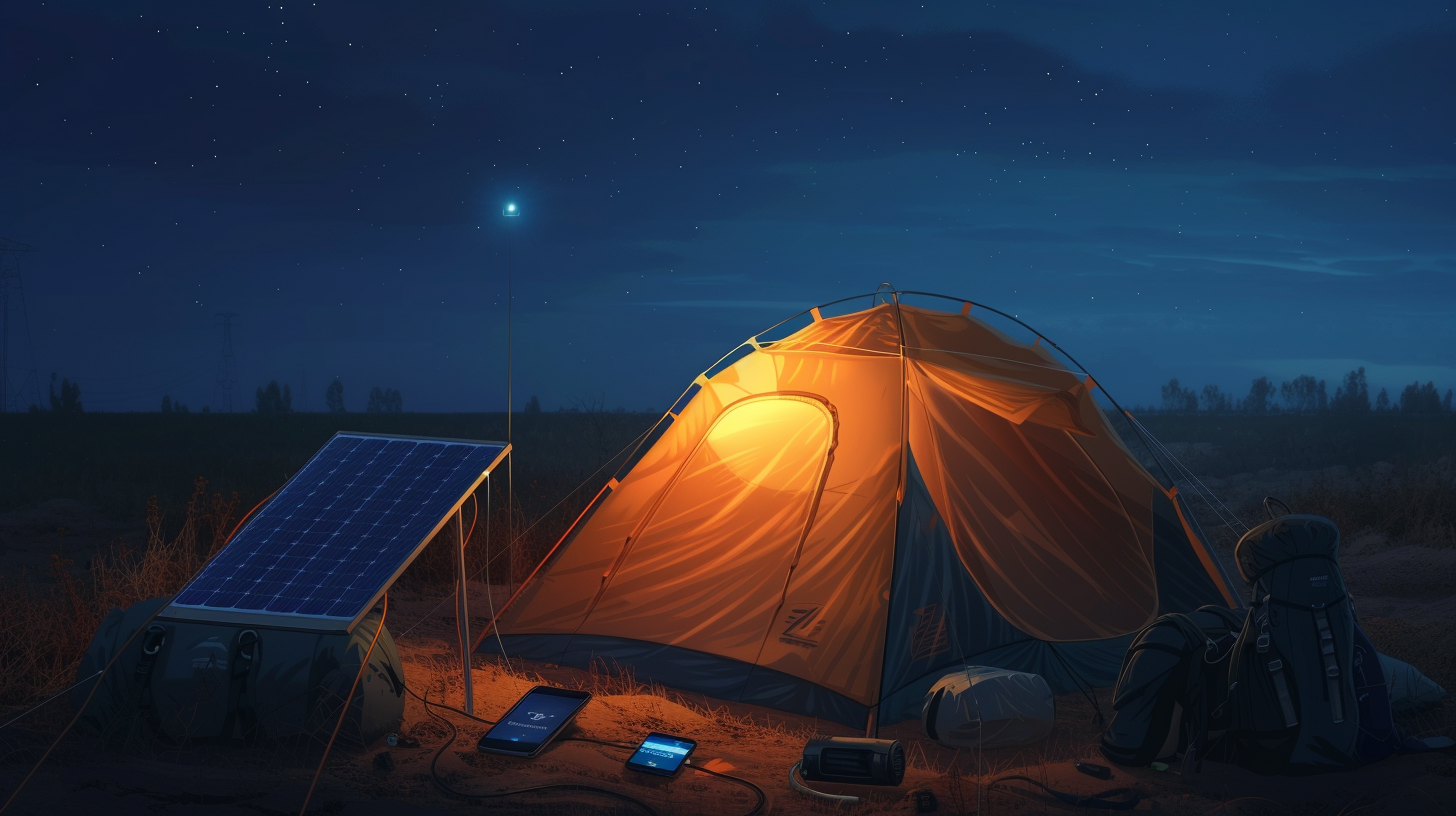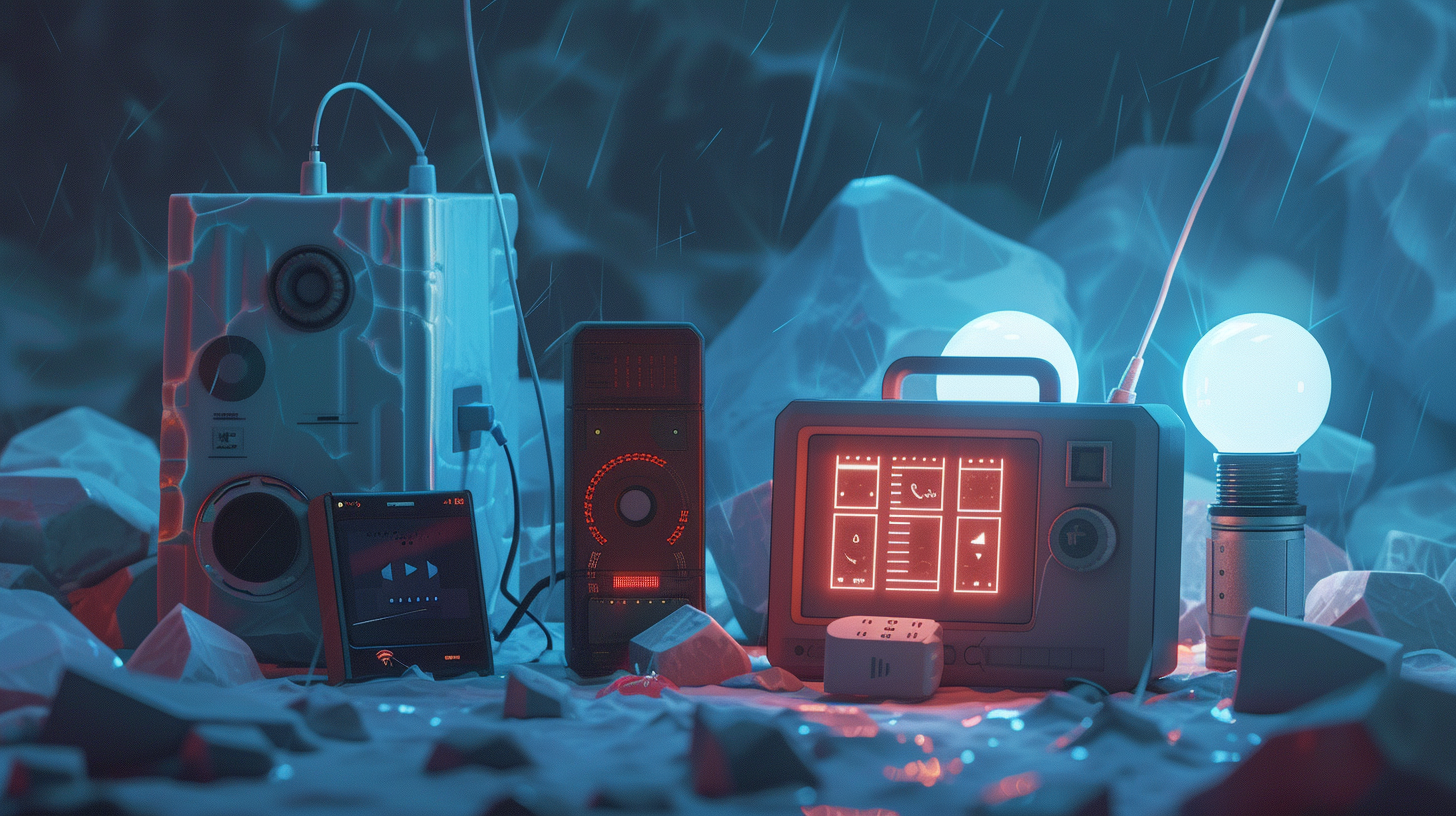Beneath the surface of serene smartphone screens, a silent struggle simmers in situations serious and sudden. You’ve likely found yourself fretting over a fast-depleting battery when you least afford to.
In emergencies, every percentage point of power is precious, with limited access to charging stations and the critical need to stay connected. By adopting a few astute adjustments, such as engaging Low Power Mode, dimming your display, and disconnecting from digital demands, you can significantly stretch your device’s endurance.
Yet, the question lingers: what are the most effective strategies to ensure your battery doesn’t betray you when you need it the most? Let’s explore how to wield your device wisely, conserving its charge for when the stakes are sky-high.
Key Takeaways
- Activate battery saver mode or low power mode to reduce system consumption and extend battery life in emergency situations.
- Lower screen brightness and enable dark mode to save energy on OLED and AMOLED screens.
- Disable unnecessary GPS and location services to minimize power consumption.
- Use a high-quality charger and avoid overcharging to maintain battery health and readiness for emergencies.
Understanding Battery Drainers
To maximize your device’s battery life during emergencies, it’s crucial to understand what drains it the most. Background apps are notorious for running silently but can use a lot of power without you even noticing. By adjusting your settings to limit these apps from refreshing in the background, you’ll conserve battery life significantly.
Similarly, GPS services are essential, but they don’t need to be on all the time. Disabling unnecessary location services will prevent them from using much battery and help preserve your device’s charge for longer.
Entertainment, like playing games or watching videos, also consumes a substantial amount of power. In situations where preserving battery is critical, it’s wise to minimize these activities as much as possible.
Another simple yet effective strategy is to lower your screen brightness. A brighter screen uses a lot of energy, so reducing it can extend your battery life, especially in extreme cases.
Lastly, don’t forget to activate your device’s battery saver mode. This feature adjusts your phone’s settings to use the least amount of power, helping you maximize and preserve battery for as long as possible during emergencies.
Low Power Mode Tactics
After understanding what drains your device’s battery, it’s crucial to explore how activating Low Power Mode can significantly extend its life during emergencies. Low Power Mode reduces system consumption remarkably by turning off certain functions and visual effects, which aren’t essential, especially in dire situations. This mode is your go-to strategy to save battery when every minute counts.
To further conserve battery power, adjust your screen brightness to the lowest comfortable level and enable Dark Mode. Dark Mode not only gives your device a sleek look but also saves a considerable amount of energy, especially on OLED and AMOLED screens.
Moreover, disabling GPS and limiting background app refresh are effective tactics that prevent unnecessary power drain.
Optimizing Device Settings
Optimizing your device settings becomes a crucial step in preserving battery life during emergencies, enabling you to stay connected longer. When you’re trying to make your battery last, turning on Airplane Mode is a smart move. This disables your cellular and Wi-Fi connections, significantly cutting down on battery use. You’ll still be able to use some basic functions, but without the constant search for a signal draining your power.
Lowering your screen brightness is another effective tactic. It’s simple but can make a substantial difference in how long your battery lasts. Especially in emergencies, you likely won’t need your screen at its brightest setting. Consider switching to Dark Mode if your device supports it, as this can further reduce power consumption.
Additionally, disable GPS and location services when they’re not essential. These features can be heavy on battery usage, so turning them off can help conserve energy.
Managing Connectivity Features
When managing connectivity features, it’s crucial to enable Low Power Mode to significantly reduce your device’s system consumption. This action turns off non-essential functions, helping your battery last longer during emergencies.
You should also consider activating Airplane Mode, which disables your cellular and Wi-Fi connections. While it might seem drastic, remember, you can still make phone calls if absolutely necessary by temporarily turning off Airplane Mode.
Lowering your screen brightness, or switching to Dark Mode if available, can further conserve power. This simple adjustment makes a significant difference, especially if you’re using your phone frequently every day.
Additionally, disabling GPS and location services when they’re not needed will help save battery life. Many apps continuously track your location in the background, draining your battery much faster.
Effective Charging Practices
To maximize your device’s battery life during emergencies, it’s crucial to adopt effective charging practices. Keeping your device powered and operational is essential, and understanding how to charge it properly can make all the difference.
Here are ten key strategies to ensure your battery lasts longer:
- Reduce Screen Brightness: Lower the brightness of your device screens to the lowest comfortable level. Screen brightness is one of the biggest drains on battery life.
- Limit Device Use: Use devices sparingly and only for essential purposes. Avoid unnecessary activities like playing games, watching videos, or using apps that heavily drain the battery.
- Turn Off Unnecessary Functions: Disable functions and features that are not needed, such as Bluetooth, Wi-Fi, GPS, and location services. Switch to airplane mode to save power if you do not need to make calls or use the internet.
- Close Unused Apps: Make sure to close apps not in use. Many apps continue to run in the background and drain battery power even when you’re not actively using them.
- Use Power-Saving Modes: Activate power-saving or battery-saving modes on your devices. These modes adjust various settings to minimize battery consumption, such as reducing screen timeout and limiting background data usage.
- Charge Wisely: If you have access to power, charge your devices wisely. Consider charging devices that have multiple functions first, like smartphones that can double as flashlights or radios.
- Maintain Optimal Temperature: Batteries drain faster in extreme temperatures. Try to keep your devices and their batteries at a moderate temperature, avoiding exposure to extreme cold or heat.
- Utilize Solar Chargers or Hand Crank Chargers: Invest in alternative charging methods such as solar panels or hand-crank chargers. These can be invaluable for keeping devices powered during prolonged power outages.
- Minimize Notifications: Turn off non-essential notifications. Receiving constant updates from apps and email can wake your device frequently, leading to unnecessary battery drain.
- Carry Spare Batteries or Power Banks: If possible, have spare batteries for devices that allow battery replacement or carry an external power bank. Make sure these are fully charged before an emergency situation arises.
Conclusion
In an emergency, maximizing your battery life is crucial. By understanding what drains your battery, like screen brightness and background apps, and taking steps like enabling Low Power Mode and managing connectivity by turning on Airplane Mode, you’ll conserve power.
Don’t forget to adjust settings to minimize consumption and adopt effective charging practices. Remember, in these situations, every bit of power counts, so use your device wisely to ensure it lasts as long as possible.
Stay prepared and stay powered.

